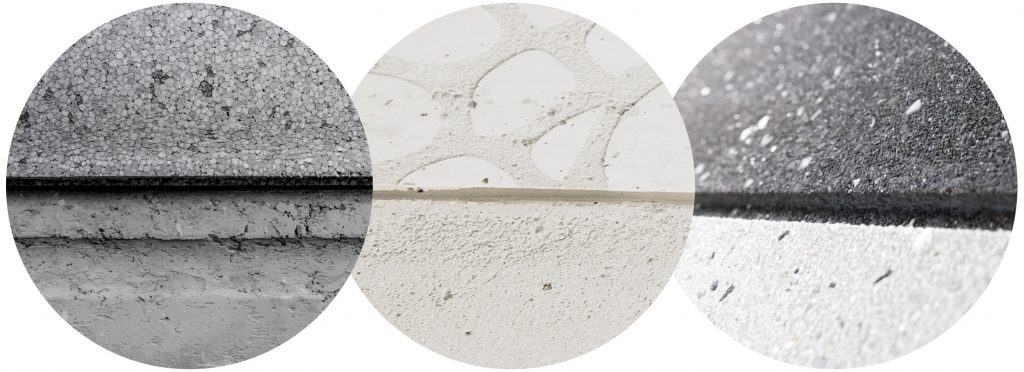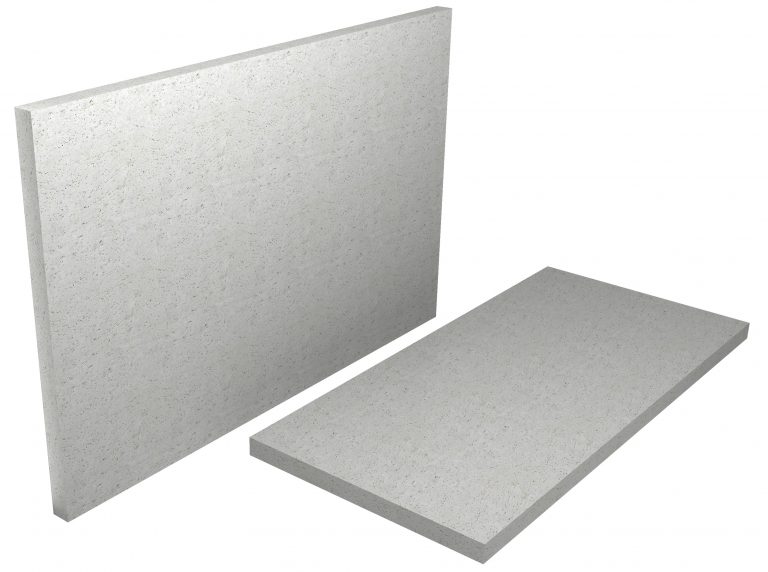What you manufacture determines the right type of concrete

Before designing the concrete mix, you must define the requirements of the concrete based on the specific precast elements, their intended use, and exposure conditions.
Wet cast concrete is used in many products like walls, TT-slabs, beams, columns, and stairs. These products are normally produced in molds. The casting is done with traditional buckets, and compaction is done with some type of vibration. The typical compressive strength of wet cast concrete is 20–60 MPa. In many modern factories, wet cast concrete is entirely or partly replaced with self-compacting concrete (SCC).
Dry-mix concrete is typically used in hollow-core slab production. The key requirement is stability of fresh concrete. The strand bond between the pre-stressed strand (or wire) and concrete is also important. It requires good compaction and a proper concrete mix design. Dry-mix concrete is ideal as the cement amounts used are low in relation to the achieved final compressive strength. In the selection of binder amounts and quality, the early strength (releasing strength) is often the most critical factor. Releasing times vary between 5—18 (24) hours.
Self-compacting concrete (SCC) is an innovative concrete that does not require vibration for placing and compaction. It flows on its own, completely filling formwork and achieving full compaction, even in the presence of congested reinforcement. The hardened concrete is dense and homogeneous, and it has the same engineering properties and durability as traditional vibrated concrete.
The applications of SCC are increasing fast in the precast industry. It can be used for complex geometric shapes and slender components, and it also works well in situations where the concrete compaction is difficult. SCC can also be used to reduce noise or vibration.

High strength and ultra high performance concretes (UHPC) can be used in many precast products. High strength concrete is usually fiber-reinforced and suitable for high rise buildings, especially in earthquake areas. The outstanding mechanical characteristics of high strength concrete are utilized in structures exposed to high mechanical and chemical loading like industrial floors, sewage treatment plants and hydropower plants.
Façade concrete is a special application area where surface appearance is often the main criteria for the mix composition. With colored concretes in particular, emphasis must be placed on the cleanliness of the production and transportation equipment. Mixers and delivery buckets must be cleaned frequently, and in many cases, factories have a special mixing station for façade concrete.
Cement is typically white or grey, or a mixture of both. Typical additives like fly ash are not recommended in façade concrete because of color variations and especially because of durability requirements in cold climates.
Normal aggregates are used, but their amounts are much larger because the surface color is often created with different aggregates. The grading of aggregates depends on the surface treatment, and features such as the depth of the washed concrete surface also limit aggregate size.
The color of the surface can be created by using color pigments or by using color aggregates primarily with white cement. These two methods can also be combined.
Remember to calculate the lifetime costs of the project!